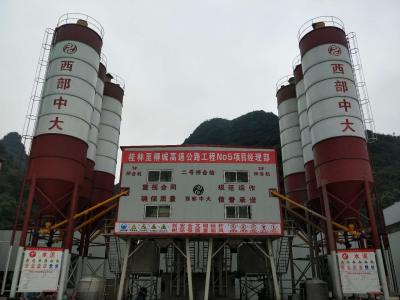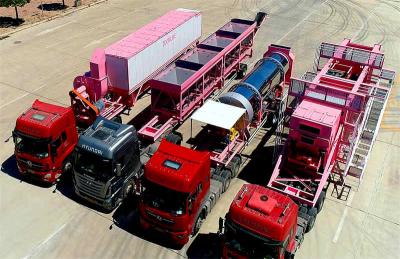The effcet of Cement in Concrete
Cement has a cementing effect in concrete.
Definition of concrete: Concrete is a composite material made of cement, lime, gypsum and other inorganic cementitious materials combined with water, or asphalt, resin and other organic cementitious materials in a certain proportion with the aggregate, mixing, and curing at a certain temperature to harden.
Concrete used in civil engineering generally refers to cement as a cementitious material formulated into concrete, that is, cement, water and sand, stone, appropriate admixtures, additives or light aggregates formulated into concrete.
In this type of concrete the cement and water act as a cementing agent and the aggregate acts as a skeleton filler. The cement reacts with the water to form a solid cement stone, which firmly bonds the aggregate particles into a whole, giving the concrete certain physical and mechanical properties.
This shows that the quality of the net cement paste plays a decisive role in the performance of the concrete, but as the aggregates occupy most of the volume in the concrete, the quality of the aggregates also has a great influence on the performance of the cement concrete.
Extended information:
Classification of cement:
I. Cements are classified according to their use and performance:
(1) General-purpose cement: the cement usually used in general civil engineering and construction projects. General-purpose cement mainly refers to the six major types of cement stipulated in GB175-2007, namely silicate cement, ordinary silicate cement, slag silicate cement, volcanic ash silicate cement, fly ash silicate cement and composite silicate cement.
(2) Special purpose cements: cements for special purposes. For example: G grade oil well cement, road silicate cement.
(3) Characteristic cements: cements with outstanding performance. For example: fast-hard silicate cement, low-heat slag silicate cement, expanded sulphate cement, phosphate aluminate cement and phosphate cement.
(2) Cements are classified according to the names of their main hydraulic substances as follows
(1) Silicate cements, commonly known abroad as Portland cements;
(2) Aluminate cements;
(3) Sulphate cements;
(4) Iron aluminate cements;
(5) Fluoroaluminate cements
(6) Phosphate cements
(7) Cements in which volcanic ash or potentially hydraulic materials and other active materials are the main components.



